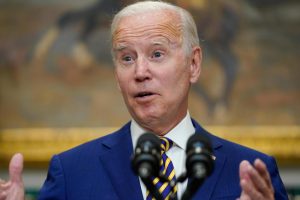In recent years, aircraft carriers, which function as sovereign American territories at sea, have been increasingly used to increase military power against advisers.
For example, in January, the Pentagon reversed itself and the aircraft carrier Nimitz was replaced by President Donald J. Ordered to remain in the Middle East due to Iranian threats against Trump and other US officials, exactly three days after ordering the warship’s house as a sign of de. Reducing growing tension with Tehran.
The then Secretary of Defense, Christopher C. Miller abruptly overturned his previous order to re-appoint Nimitz, which he did over the objections of his top military advisers. For weeks the military engaged in a show-of-the-force strategy to prevent Iran from attacking American personnel in the Persian Gulf.
Finally, the nuclear-powered warship did not return home until the end of February, only months after it left its home port in Bremerton, Wash.. Sailors, pilots and crew members, an outcast epidemic, witness an election-laden presidential election. Riot in the Capitol, and civil protests around George Floyd’s death, while at sea.
Now, lawmakers have been raising questions about extended carrier deployment in recent years. In a letter this month to Mr Austin and deputy defense secretary, Kathleen Hicks, members of the House Armed Services Committee cited “increased discretion and the need for investigation” when it comes to deployment requests. The lawmakers said of the services, “losing their hands at a time when they need to rebuild the health of the force.”
“At this rate, the desire to solve every immediate problem, regardless of its strategic priority, can hollow out the force for the next generation,” the letter said.
Helen Cooper and Eric Schmidt report Thomas Gibbons-Neff from Washington, and Kabul, Afghanistan.






